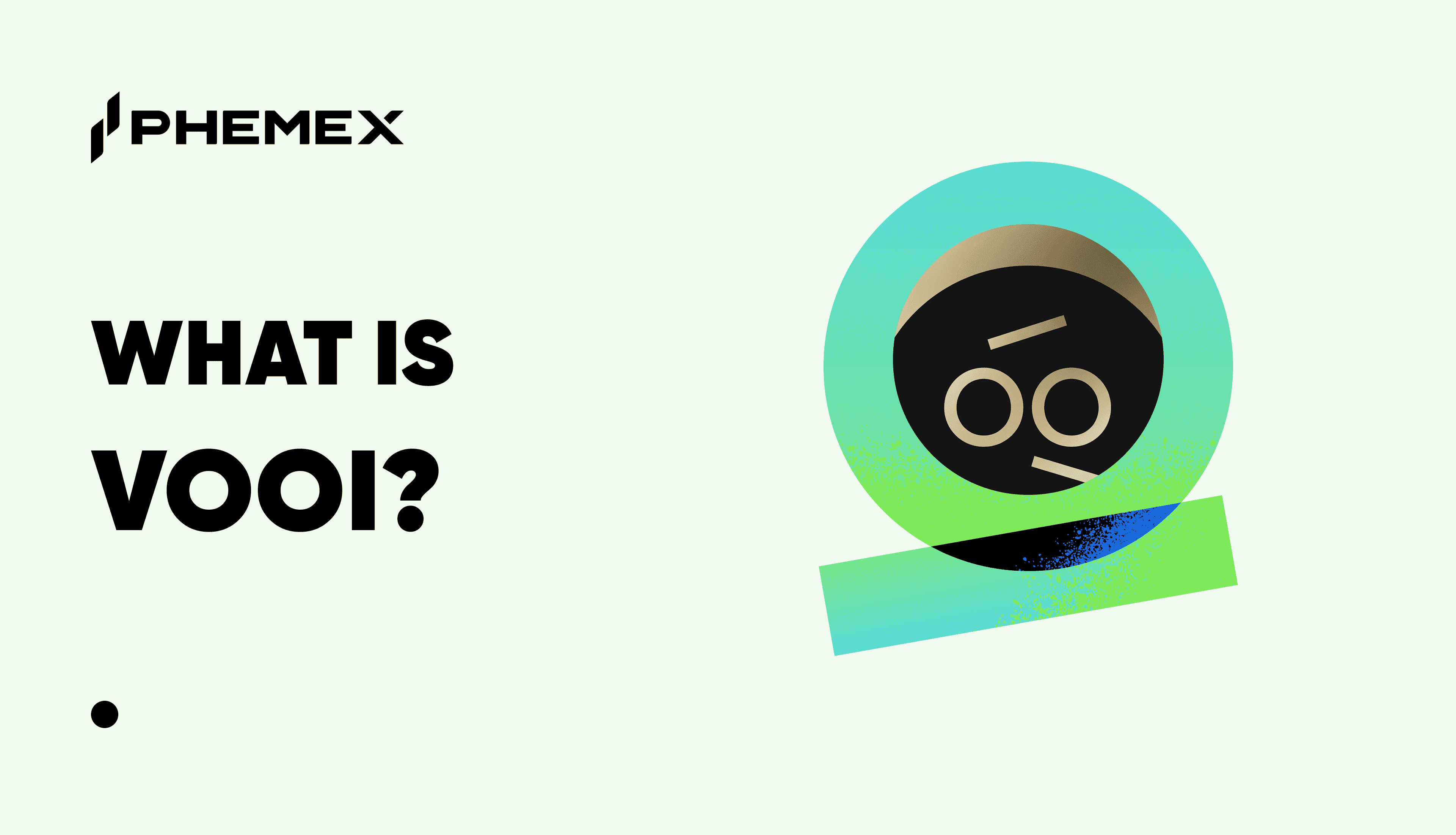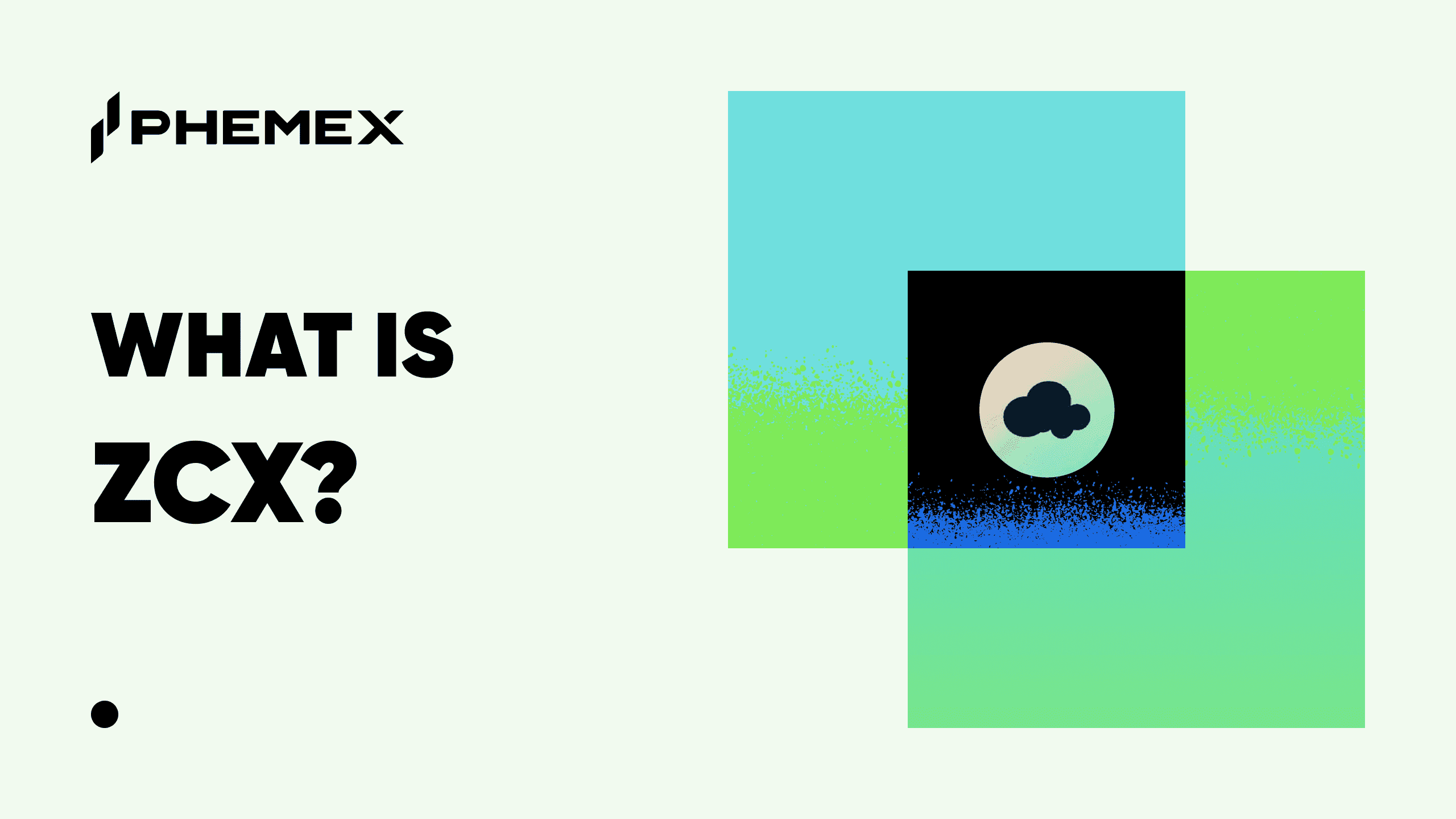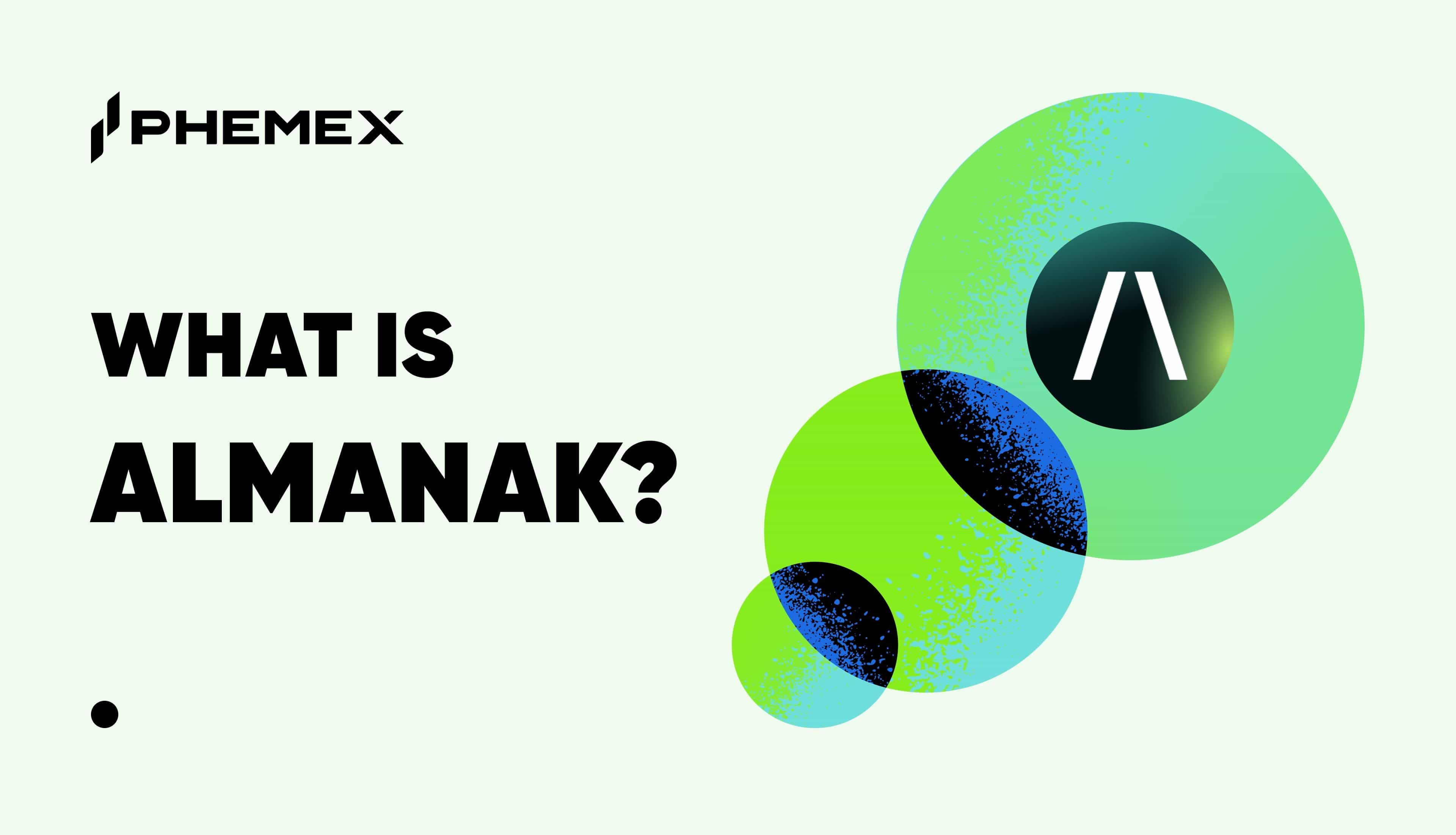In the sprawling, interconnected universe of blockchain and cryptocurrency, few projects serve as fundamental a role as Chainlink (LINK). Far from being just another digital coin, Chainlink is the master architect of communication, the indispensable bridge that allows the isolated world of blockchains to securely interact with the vast ocean of real-world data. By 2025, its technology has become so deeply woven into the fabric of decentralized finance (DeFi), real-world asset (RWA) tokenization, and institutional adoption that to understand crypto is to understand Chainlink.
This article delves deep into the world of Chainlink, exploring what it is, the critical problem it solves, and its ever-expanding ecosystem. We will dissect its tokenomics, compare its function to crypto titans like Ethereum, and unpack the groundbreaking technology that has attracted partnerships from global financial giants. For those looking to participate in this digital revolution, we will also provide a comprehensive guide on how to trade LINK, the network's native asset, on the secure and efficient Phemex platform.
Summary Box (Quick Facts)
-
Ticker Symbol: LINK
-
Chain: Ethereum (ERC-677, an extension of ERC-20)
-
Contract Address: 0x514910771af9ca656af840dff83e8264ecf986ca
-
Circulating Supply: ~678.1 million (as of August 2025)
-
Max Supply: 1,000,000,000 LINK
-
Primary Use Case: Powering a decentralized oracle network to connect blockchains with real-world data.
-
Current Market Cap: ~$17 billion (as of August 2025)

What Is Chainlink? The Oracle Problem Explained
So, what is Chainlink (LINK)? At its core, Chainlink is a decentralized oracle network. To grasp the importance of this, one must first understand a fundamental limitation of blockchains and the smart contracts that run on them: the "oracle problem."
Blockchains are, by design, closed and deterministic systems. They are incredibly secure and reliable precisely because they cannot natively access data from outside their own network ("off-chain" data). A smart contract on Ethereum, for instance, has no way of knowing the current price of gold, the weather in Tokyo, or the winner of the World Cup. It can only read data that already exists on its blockchain. This creates a paradox: for smart contracts to be truly "smart" and useful in the real world—for applications like insurance, derivatives, or supply chain management—they need access to this external data.
This is where oracles come in. An oracle is any entity that finds and verifies real-world data and brings it on-chain for smart contracts to use. However, using a single, centralized oracle creates a massive security risk. If the oracle is compromised or provides faulty data, the smart contract it feeds will execute based on that incorrect information, potentially leading to catastrophic financial losses. A decentralized application is only as decentralized as its data source.
Chainlink explained simply: it solves this problem by creating a decentralized network of oracles. Instead of relying on a single source of truth, a smart contract can request data from the Chainlink network. Multiple independent Chainlink nodes then fetch that data from various external sources, aggregate it, and arrive at a single, validated, and highly reliable data point to deliver to the smart contract. This decentralized approach eliminates any single point of failure and ensures the data feeding smart contracts is as secure and tamper-proof as the underlying blockchain itself. This innovation has been the catalyst for the explosive growth of DeFi, NFTs, and countless other blockchain-based applications.
How Many LINK Are There?
Understanding the token supply of a project is crucial for evaluating its economic model. For Chainlink, the tokenomics are straightforward and finite.
The total maximum supply of LINK is capped at 1 billion tokens, meaning no more than this amount will ever be created. As of August 2025, the circulating supply—the number of tokens available on the market—is approximately 678.1 million.
The initial distribution of these 1 billion tokens was allocated during the project's Initial Coin Offering (ICO) in September 2017:
-
35% was sold to the public during the token sale to fund the project's development.
-
35% was allocated to node operators and to incentivize the ecosystem's growth, ensuring network participants are rewarded for providing reliable data.
-
30% was directed to the company (Chainlink Labs) to support the ongoing research, development, and expansion of the Chainlink network.
While the maximum supply is fixed, the circulating supply increases over time as tokens from the ecosystem and company allocations are released. This is a gradual process designed to foster long-term, sustainable growth. According to the team, the plan is for all tokens to be in circulation by late 2027. This creates a predictable inflationary schedule, rather than a system of continuous minting. There are no built-in burning mechanisms to reduce the total supply; instead, the economic model focuses on driving demand for the token through its utility.
What Does LINK Do? Unpacking the Chainlink Use Case
The LINK token is the lifeblood of the Chainlink ecosystem, serving as the primary economic incentive that keeps the network running securely and reliably. Its utility is multifaceted and deeply integrated into the network's operations.
The primary Chainlink use case is to compensate the decentralized network of node operators. When a smart contract requests data, it pays a fee in LINK tokens. This fee is distributed to the node operators who retrieve, validate, and deliver that data. This creates a robust, market-driven system where nodes are financially motivated to provide accurate data and maintain a strong reputation. Nodes that consistently provide high-quality data earn more LINK, while those that provide faulty data risk losing their staked collateral and future earnings.
The utility of LINK extends across a vast and growing number of applications:
-
Decentralized Finance (DeFi): This is where Chainlink first proved its indispensability. DeFi lending platforms, decentralized exchanges, and algorithmic stablecoins all rely on Chainlink Price Feeds to get accurate, real-time asset prices. This data is essential for calculating collateralization ratios, executing trades at fair market value, and maintaining the stability of the entire DeFi ecosystem.
-
Real-World Asset (RWA) Tokenization: A major focus in 2025, Chainlink is at the forefront of bringing traditional assets like real estate, bonds, and commodities onto the blockchain. Services like Chainlink Proof of Reserve provide on-chain verification that these tokenized assets are fully backed by their real-world counterparts, creating unprecedented transparency for institutional and retail investors.
-
Staking for Cryptoeconomic Security: With the rollout of Staking v0.2, LINK holders can now participate directly in securing the network. By staking their LINK tokens, community members and node operators provide an additional layer of economic security, backing the performance guarantees of the oracle networks. In return for their contribution, stakers earn rewards, creating a direct incentive to support the network's health and security. The v0.2 staking pool was expanded to 45 million LINK, making this crucial function more accessible to a wider audience.
-
Cross-Chain Communication: Through its groundbreaking Cross-Chain Interoperability Protocol (CCIP), Chainlink enables smart contracts to securely send messages and transfer tokens across different blockchains. This is a critical piece of infrastructure for building a truly interoperable "internet of blockchains," allowing applications and assets to move seamlessly between networks like Ethereum, Solana, and Avalanche.
-
Verifiable Randomness (VRF): For applications in gaming and NFTs, proving that an outcome is truly random is essential for fairness. Chainlink VRF provides a tamper-proof and auditable source of on-chain randomness, used by blockchain games for everything from shuffling a deck of cards to minting NFTs with provably rare traits.
In essence, any process that requires a smart contract to react to external, real-world information is a potential use case for Chainlink. As the world becomes increasingly tokenized, the demand for this secure and reliable data bridge only continues to grow.
Chainlink vs. Ethereum: A Symbiotic Relationship
Comparing Chainlink to a foundational blockchain like Ethereum is like comparing a specialized, essential component to the engine it serves. They are not competitors; rather, they are two distinct technologies that work in tandem, each enhancing the capabilities of the other. Their relationship is symbiotic, not adversarial.
| Feature | Chainlink (LINK) | Ethereum (ETH) |
| Technology & Function | A decentralized oracle network that acts as middleware to provide external data to blockchains. | A Layer-1 blockchain that provides the foundational security and execution environment for smart contracts. |
| Primary Use Case | To solve the "oracle problem" by securely connecting smart contracts with off-chain data and systems. | To be a global, decentralized platform for building and deploying decentralized applications (dApps). |
| Token's Role | The LINK token is used to pay node operators for providing data services and for staking to secure the network. | The ETH token is used as "gas" to pay for transaction fees and computational services on the network. |
| Speed & Fees | The cost is associated with specific data requests. OCR technology makes data delivery highly gas-efficient. | Transaction speed and fees (gas) depend on network congestion and can become high during peak demand. |
| Relationship | Chainlink provides essential data to smart contracts running on Ethereum, making them more powerful and useful. | Ethereum provides the secure, decentralized environment where smart contracts that use Chainlink's data can operate. |
In summary, the Chainlink vs. Ethereum comparison highlights two complementary pillars of the decentralized web. Ethereum provides the secure world for smart contracts to exist, while Chainlink gives those smart contracts the real-world awareness they need to be powerful. Without Chainlink, Ethereum's dApps would be severely limited; without Ethereum and other smart contract platforms, Chainlink would have no contracts to serve.
The Technology Behind Chainlink
Chainlink's position as the industry-standard oracle solution is built upon a sophisticated and multi-layered technological foundation designed for security, reliability, and scalability. Its architecture is a masterclass in decentralized systems engineering.

How oracles connect to smart contracts. (Source: Chainlink)
At its heart is the Decentralized Oracle Network. As discussed, this involves multiple independent nodes that prevent any single point of failure. But the genius lies in how these nodes reach an agreement. Chainlink employs a highly efficient consensus mechanism known as Off-Chain Reporting (OCR). In this system, the nodes communicate with each other in a peer-to-peer network to agree on a data point off-chain. Once a quorum of nodes signs off on the report, a single node submits one transaction to the blockchain. This process dramatically reduces the on-chain footprint and associated gas costs, allowing oracle networks to scale to more nodes and deliver data updates more frequently and affordably.
Building on this core function, Chainlink has developed several revolutionary services:
-
Cross-Chain Interoperability Protocol (CCIP): Launched to immense anticipation, CCIP is the industry standard for secure cross-chain communication. It provides a universal, open-source messaging protocol that allows dApps to send messages, transfer tokens, and initiate actions across disparate blockchains. By 2025, CCIP has seen rapid expansion, supporting dozens of blockchains and becoming the canonical bridge for many, enabling a new era of cross-chain applications and liquidity.
-
Data Streams: Designed for latency-sensitive DeFi applications like derivatives and perpetuals, Data Streams provide high-frequency market data with extremely low latency. This service delivers data off-chain at sub-second intervals, allowing DeFi platforms to offer user experiences that rival their centralized finance counterparts in speed and reliability. In a landmark 2025 development, Chainlink launched Data Streams for U.S. Equities and ETFs, paving the way for the next generation of tokenized financial products.
-
Proof of Reserve (PoR): This service provides automated, on-chain verification of the reserves backing stablecoins and other tokenized assets. By connecting directly to off-chain bank accounts or other reserve systems, PoR provides a level of transparency that is impossible in traditional finance, helping to build trust and mitigate risk in the tokenized economy.
The robustness of this technology is evidenced by its staggering list of integrations and partnerships. In 2025 alone, Chainlink has announced monumental collaborations:
-
Intercontinental Exchange (ICE): The parent company of the New York Stock Exchange (NYSE) is providing high-quality foreign exchange and precious metals data to Chainlink Data Streams, a massive step towards mainstream institutional adoption.
-
SBI Group: One of Japan's largest financial conglomerates partnered with Chainlink to accelerate the adoption of tokenized assets, leveraging CCIP and Proof of Reserve.
-
Mastercard: The global payments giant collaborated with Chainlink on a tie-up to enable its nearly 3 billion cardholders to buy crypto on-chain.
-
SWIFT: Following successful pilots, the global financial messaging network is set to go live with its CCIP integration in November 2025, connecting over 11,000 banks to the world of tokenized assets.
These partnerships are not mere endorsements; they are active integrations that underscore the security and reliability of Chainlink's underlying technology.
Team & Origins
Chainlink was co-founded by Sergey Nazarov and Steve Ellis. They launched the project through a company called SmartContract, which was founded in 2014 with the goal of connecting smart contracts to external data.
-
Sergey Nazarov, the CEO of Chainlink Labs, is a well-known figure in the blockchain space and a serial entrepreneur with a deep background in decentralized technology. He has become the public face of the project, often speaking about the vision of a "verifiably true" world powered by cryptographic guarantees.
-
Steve Ellis, the CTO, brought his extensive experience as a software engineer to build the robust technical architecture of the Chainlink network.
The project gained significant momentum with its Initial Coin Offering (ICO) in September 2017, which successfully raised $32 million by selling 350 million LINK tokens. The ICO price was approximately $0.11 per LINK. Following the ICO, the team focused heavily on development, officially launching the Chainlink mainnet on Ethereum in 2019. Since then, the project has seen exponential growth, driven by a clear vision and relentless execution from its founding team.
Key News & Events in 2025
The year 2025 has been a landmark period for Chainlink, marked by a series of high-profile partnerships and technological rollouts that have solidified its role as essential infrastructure for both the crypto and traditional finance industries.
Here is a timeline of major events:
-
August 25: Strategic Partnership with SBI Group: Chainlink announced a major partnership with SBI Group, one of Japan's largest financial conglomerates, to accelerate institutional digital asset adoption in the Asia-Pacific region. The collaboration focuses on tokenizing real-world assets and utilizing CCIP for cross-chain transactions.
-
August 11: Collaboration with Intercontinental Exchange (ICE): In a monumental move, Chainlink teamed up with ICE, the parent company of the NYSE, to bring its high-quality foreign exchange and precious metals market data on-chain via Data Streams. This integration provides institutional-grade data to the DeFi ecosystem.
-
August 7: Launch of the Chainlink Reserve: Chainlink introduced a strategic on-chain reserve of LINK tokens. This new mechanism is designed to support the network's long-term growth by using revenue generated from both on-chain and off-chain service adoption to acquire LINK, creating a sustainable economic loop.
-
August 4: Data Streams for U.S. Equities and ETFs Launched: Chainlink expanded its Data Streams service to include real-time, high-throughput market data for U.S. stocks and ETFs, directly enabling the growth of tokenized RWA markets.
-
June 30: Automated Compliance Engine (ACE) Revealed: Chainlink launched ACE, an automated compliance engine developed in partnership with major financial players, aiming to cut compliance costs and streamline institutional investment into crypto.
-
June 24: Mastercard Tie-Up for Crypto Purchases: A partnership was announced with Mastercard to allow its vast network of nearly 3 billion cardholders to purchase crypto on-chain, a significant step for retail adoption.
-
Q1-Q3 Expansion of CCIP: Throughout 2025, Chainlink's Cross-Chain Interoperability Protocol (CCIP) underwent a massive expansion, adding support for dozens of new blockchains and becoming the standard for secure cross-chain infrastructure.
-
Ongoing Discussions with Cardano: In late August, Cardano founder Charles Hoskinson confirmed that discussions are underway with Sergey Nazarov about integrating Chainlink's oracle services, signaling potential future collaboration between two of the industry's biggest projects.
These events collectively paint a picture of a project that is not just growing but is actively being integrated into the core of the future global financial system.
How to Trade Chainlink (LINK) on Phemex
For those looking to gain exposure to the Chainlink network, Phemex offers a secure and user-friendly platform to trade LINK. The token is available for both Spot Trading (buying and holding the actual asset) and Futures Trading (speculating on its price movements with leverage).
Here’s a step-by-step guide to get started:
1. Create and Fund Your Phemex Account
-
Sign Up: If you don't have an account, visit the Phemex website and create one using your email address. Complete the necessary identity verification (KYC).
-
Deposit Funds: You can fund your account in two main ways:
-
Crypto Deposit: Transfer an existing cryptocurrency like USDT, BTC, or ETH from another wallet to your Phemex wallet.
-
Fiat Deposit: Use a credit/debit card or bank transfer to purchase crypto directly on Phemex.
-
2. Trading LINK on the Spot Market
Spot trading is the most straightforward way to buy LINK. You are purchasing the token directly, which will then be stored in your Phemex spot wallet.
-
Navigate to Spot Trading: On the Phemex dashboard, find the "Spot" trading section.
-
Select the LINK Trading Pair: Use the search bar to find the LINK/USDT trading pair. This means you will be using USDT to buy LINK.
-
Choose Your Order Type:
-
Market Order: This is the simplest option. You enter the amount of LINK you want to buy, and the order will be executed immediately at the current best market price.
-
Limit Order: This allows you to set a specific price at which you want to buy LINK. Your order will only be filled if the market price reaches your specified limit price or lower.
-
-
Place Your Order: Enter the amount of LINK to buy or the amount of USDT to spend, and click "Buy LINK". Your LINK tokens will appear in your spot wallet once the order is filled.
3. Trading LINK Perpetual Futures
Futures trading allows you to speculate on whether LINK's price will go up (long) or down (short) without owning the underlying asset. This involves leverage, which can amplify both profits and losses, so it is best suited for experienced traders.
-
Navigate to Contract Trading: Select "Contract Trading" on the Phemex platform.
-
Transfer Funds: You'll need to transfer margin (e.g., USDT) from your spot wallet to your contract trading account. This is an instant and free internal transfer.
-
Select the LINKUSDT Perpetual Contract: Find this contract in the trading pair list.
-
Set Up Your Trade:
-
Choose Margin Mode: Select either "Cross" or "Isolated" margin. Isolated margin limits your potential loss to the margin assigned to that specific position, which is recommended for beginners.
-
Adjust Leverage: Use the leverage slider to select your desired leverage (e.g., 2x, 5x, 10x). Remember, higher leverage increases risk.
-
Place Your Order: Enter your order details (limit or market price) and the position size. If you believe the price will rise, you "Open Long." If you believe it will fall, you "Open Short."
-
-
Manage Your Position: Keep an eye on your open position. It's crucial to set a Stop-Loss order to automatically close your position at a predetermined price to manage potential losses. You can also set a Take-Profit order to secure your gains.
By offering both spot and futures markets, Phemex provides comprehensive options for traders and investors to engage with Chainlink's native asset, LINK.
Is LINK a Good Investment?
Evaluating whether Chainlink (LINK) is a good investment requires a balanced look at its immense potential and the inherent risks of the cryptocurrency market. The Chainlink investment potential is a topic of frequent discussion among analysts, and for good reason.
The Bull Case for Chainlink:
-
Market Dominance: Chainlink is the undisputed leader in the oracle space. By mid-2025, it secured over 84% of the oracle market share on Ethereum and 68% across all of DeFi. This dominant network effect makes it the go-to choice for new projects, reinforcing its position.
-
Deep Integration and High Value Secured: The network is not a speculative concept; it's a working utility that has enabled over $9 trillion in transaction value. It actively secures tens of billions of dollars in value across the DeFi ecosystem, making it a mission-critical piece of infrastructure.
-
Institutional Adoption: As highlighted by its 2025 partnerships with giants like ICE, SBI, SWIFT, and Mastercard, Chainlink is successfully bridging the gap between traditional finance (TradFi) and DeFi. This positions it to capture a significant portion of the tokenized real-world asset market, which is projected to be worth trillions.
-
Strong Community and Whale Activity: The "LINK Marines" are one of the most dedicated communities in crypto. Furthermore, on-chain data in 2025 has shown significant accumulation by large holders ("whales"), suggesting strong conviction from major investors.
-
Improving Tokenomics: The introduction of staking and the new Chainlink Reserve mechanism directly ties the network's adoption and revenue to the value and utility of the LINK token, creating a sustainable economic model.
Potential Risks and Considerations:
-
Market Volatility: Like all cryptocurrencies, LINK is subject to extreme price volatility. The broader market sentiment, driven by macroeconomic factors, can heavily influence its price regardless of the project's fundamental progress.
-
Token Unlocks: The ongoing release of LINK tokens from the team and ecosystem reward allocations increases the circulating supply, which can create selling pressure if not absorbed by growing demand.
-
Competition: While Chainlink is the dominant player, other oracle solutions are emerging. It must continue to innovate to maintain its lead.
-
Regulatory Uncertainty: The global regulatory landscape for cryptocurrencies is still evolving. Any adverse regulations could impact the broader market, including Chainlink.
Conclusion
Chainlink has firmly established itself as a "blue-chip" crypto asset. Its technology is fundamental to the functioning of the decentralized economy, and its progress in securing institutional partnerships is unparalleled. While risks remain, its deep integration, clear utility, and strategic position as the bridge to a multi-trillion dollar tokenized asset market present a compelling long-term investment thesis.
Read More
- Phemex Analysis in A Minute: How to Trade LINK Like A Pro
- What are Blockchain Oracles: Providing Data to Smart Contracts
- Polkadot vs. Chainlink vs. Cosmos: Which Is The Best To Invest In?
- What is Blockchain Technology: The Biggest Misconception About It
- Blockchain Analytics: 11 Free Crypto Research Tools You Need
- What is Cryptocurrency & How It Differs From Digital Cash
- https://phemex.com/academy/defi
- Why Does Bitcoin Have Value?











